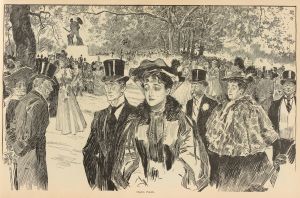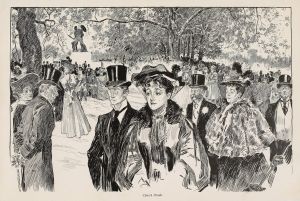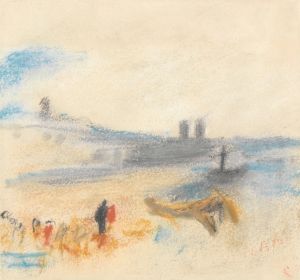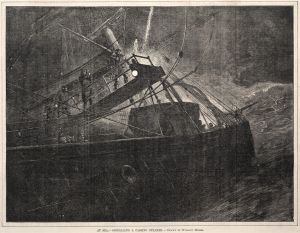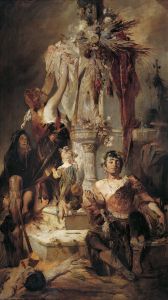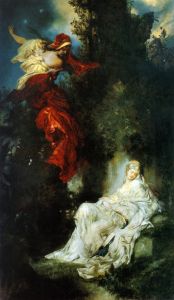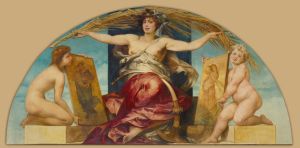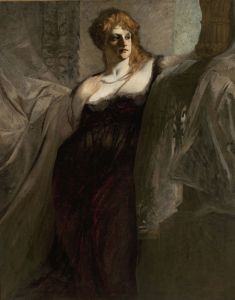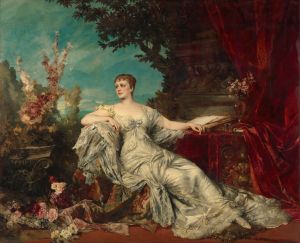
Entwurf zum Festzug 1879 – Die Donaudampfschifffahrtsgesellschaft
A hand-painted replica of Hans Makart’s masterpiece Entwurf zum Festzug 1879 – Die Donaudampfschifffahrtsgesellschaft, meticulously crafted by professional artists to capture the true essence of the original. Each piece is created with museum-quality canvas and rare mineral pigments, carefully painted by experienced artists with delicate brushstrokes and rich, layered colors to perfectly recreate the texture of the original artwork. Unlike machine-printed reproductions, this hand-painted version brings the painting to life, infused with the artist’s emotions and skill in every stroke. Whether for personal collection or home decoration, it instantly elevates the artistic atmosphere of any space.
Hans Makart's Entwurf zum Festzug 1879 – Die Donaudampfschifffahrtsgesellschaft (Design for the Procession of 1879 – The Danube Steamship Company) is a preparatory work created by the Austrian painter Hans Makart. This artwork was part of a series of designs Makart produced for the grand parade held in Vienna in 1879 to celebrate the silver wedding anniversary of Emperor Franz Joseph I and Empress Elisabeth of Austria. The parade, known as the "Festzug," was a major cultural and artistic event, showcasing the history, achievements, and cultural identity of the Austro-Hungarian Empire.
Makart, a prominent figure in the Viennese art scene of the 19th century, was renowned for his opulent and theatrical style. He was commissioned to design the visual elements of the procession, which included elaborate floats representing various themes and institutions. The Danube Steamship Company, a significant enterprise in the Austro-Hungarian Empire, was one of the subjects depicted in the designs. The company played a crucial role in the economic and cultural development of the region, facilitating trade and transportation along the Danube River.
The artwork itself is a detailed and vibrant representation of the Danube Steamship Company’s contribution to the empire. It reflects Makart's characteristic use of rich colors, dynamic compositions, and a sense of grandeur. The design likely included allegorical figures, historical references, and symbols associated with the company and its role in connecting the diverse regions of the empire.
While the final floats for the procession were constructed based on Makart's designs, the preparatory works, such as Entwurf zum Festzug 1879 – Die Donaudampfschifffahrtsgesellschaft, provide valuable insight into his creative process and the artistic vision behind the event. These designs are considered significant examples of Makart's ability to merge art with public spectacle, contributing to his reputation as a master of historicist and decorative art.
Today, this work is appreciated not only for its artistic merit but also as a historical document that reflects the cultural and political aspirations of the Austro-Hungarian Empire during the late 19th century. It serves as a testament to the importance of art in state-sponsored celebrations and the role of artists like Makart in shaping the visual identity of their time.





